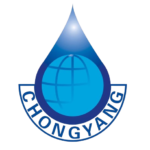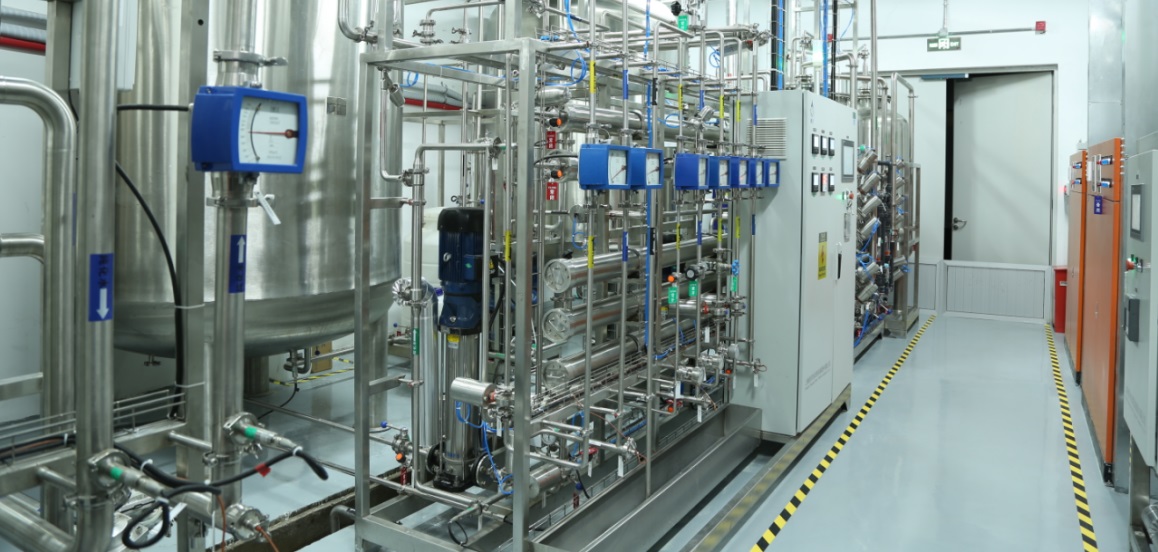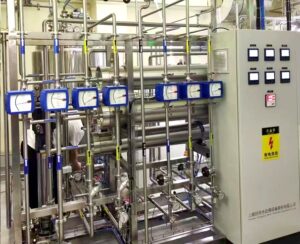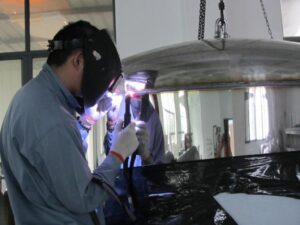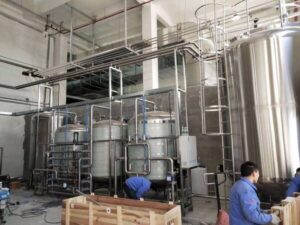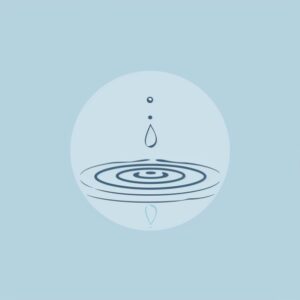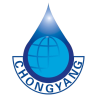1. Compliance with Industry Standards

- Regulatory Compliance: Ensure the system complies with FDA, cGMP, and GMP standards. This is critical for meeting the strict quality and safety requirements in pharmaceutical manufacturing.
- Validation and Documentation: Look for systems that come with comprehensive validation packages, including IQ/OQ/PQ protocols, to streamline the qualification process.
2. Water Quality Requirements
- Purity Levels: Determine the specific water quality requirements for your application, such as Purified Water (PW), Water for Injection (WFI), or ultrapure water. Choose a system that can consistently meet these standards.
- Contaminant Removal: Consider the system’s ability to remove various contaminants like particulates, dissolved solids, organics, and microorganisms.
3. System Capacity and Scalability
- Capacity Needs: Assess your current and future water demand to ensure the system can handle peak usage without compromising performance.
- Scalability: Choose a system that can be easily scaled up or down to accommodate changes in production volumes.
4. Reliability and Maintenance
- System Reliability: Opt for a system known for its reliability and minimal downtime. This is crucial for avoiding disruptions in production.
- Maintenance Requirements: Evaluate the ease of maintenance, including the availability and cost of consumables, replacement parts, and the frequency of required service.
5. Operational Costs
- Initial Investment: Consider the upfront cost of the system, but also weigh it against the long-term operational costs.
- Energy Efficiency: Look for energy-efficient systems that reduce operational costs over time.
- Total Cost of Ownership: Factor in maintenance, energy consumption, and consumable replacement to calculate the system’s total cost of ownership.
6. Customization and Flexibility
- System Customization: Ensure the system can be customized to meet specific requirements, such as integration with existing infrastructure or tailored to unique water quality needs.
- Flexible Operation: Choose a system that offers flexibility in operation, such as adjustable flow rates, multiple purification stages, and automation features.
7. Supplier Reputation and Support
- Reputation: Research the supplier’s reputation in the industry, including their experience with pharmaceutical applications and customer satisfaction.
- After-Sales Support: Consider the level of after-sales support, including availability of technical assistance, training, and spare parts.
8. Installation and Validation
- Installation Services: Ensure the supplier offers professional installation services to guarantee the system is set up correctly.
- Validation Assistance: Look for suppliers who provide validation support to ensure the system meets all regulatory requirements during and after installation.
9. Conclusion
When purchasing a pharmaceutical water purification system, it’s essential to consider factors like regulatory compliance, water quality, system capacity, reliability, operational costs, and supplier support. By carefully evaluating these aspects, you can select a system that not only meets your current needs but also supports long-term production goals.
